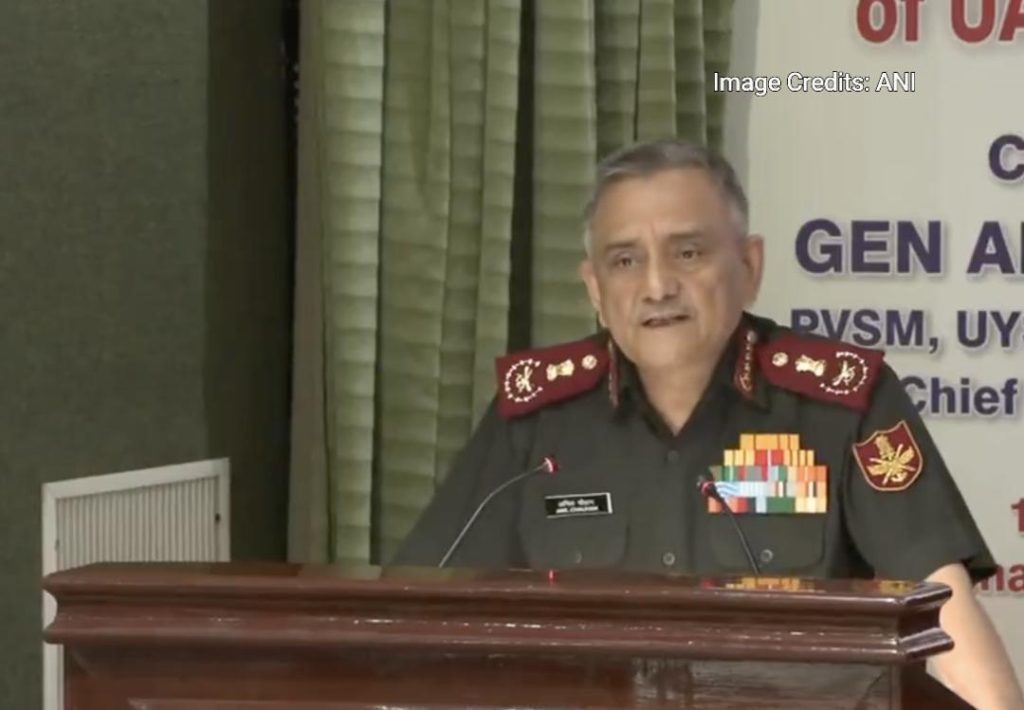
Pak used unarmed drones & loitering munitions: CDS Anil Chauhan
In a recent statement, Chief of Defence Staff (CDS) General Anil Chauhan revealed that Pakistan used unarmed drones and loitering munitions during the conflict in May. According to the CDS, none of these drones inflicted any damage to the Indian military or civil infrastructure. Instead, most of them were neutralised through a combination of kinetic and non-kinetic means. Some of the drones were even recovered in almost intact conditions, indicating that they were not equipped with any harmful payloads.
The conflict in question refers to the recent tensions between India and Pakistan, which escalated in May when the Indian Air Force (IAF) conducted airstrikes on a terror camp in Pakistan’s Khyber Pakhtunkhwa province. The strikes were a response to a suicide bombing in Kashmir that killed over 40 Indian soldiers.
Pakistan responded to the IAF’s airstrikes by launching its own military operation, which included the deployment of unmanned aerial vehicles (UAVs) or drones. However, according to the CDS, these drones were unarmed and did not pose any significant threat to Indian military or civilian targets.
The CDS’s statement is significant because it provides insight into the nature of the conflict and the tactics used by Pakistan during the recent tensions. The use of unarmed drones and loitering munitions suggests that Pakistan may have been attempting to intimidate India rather than inflict significant damage. The fact that most of these drones were neutralised through kinetic and non-kinetic means implies that India’s military was well-prepared to respond to the threat.
The term “loitering munitions” refers to a type of weapon that is designed to linger in the air for an extended period before striking its target. These munitions are often used in precision-guided bombing missions and are capable of delivering a significant amount of explosive force.
The use of loitering munitions by Pakistan raises questions about the country’s military capabilities and its willingness to engage in military conflict with India. While the CDS’s statement suggests that Pakistan’s military operations were largely unsuccessful, it is possible that the country may have been attempting to test India’s defenses and gauge its military response to a potential attack.
The Indian military has been rapidly modernizing its capabilities in recent years, with a focus on developing its air power and missile defense systems. The country has also been investing in its cyber warfare capabilities, which have been used to disrupt Pakistan’s military communications and command structures.
Pakistan, on the other hand, has been struggling to modernize its military capabilities, which have been hampered by a lack of funding and resources. The country has also been facing internal security challenges, including a Taliban insurgency that has been gaining momentum in recent years.
In conclusion, the CDS’s statement provides insight into the nature of the conflict between India and Pakistan and the tactics used by each country during the recent tensions. The use of unarmed drones and loitering munitions by Pakistan suggests that the country may have been attempting to intimidate India rather than inflict significant damage. The fact that most of these drones were neutralised through kinetic and non-kinetic means implies that India’s military was well-prepared to respond to the threat.
As the situation between India and Pakistan continues to evolve, it is important for both countries to maintain a dialogue and work towards reducing tensions. The use of military force should always be a last resort, and efforts should be made to address the root causes of the conflict through diplomatic means.






